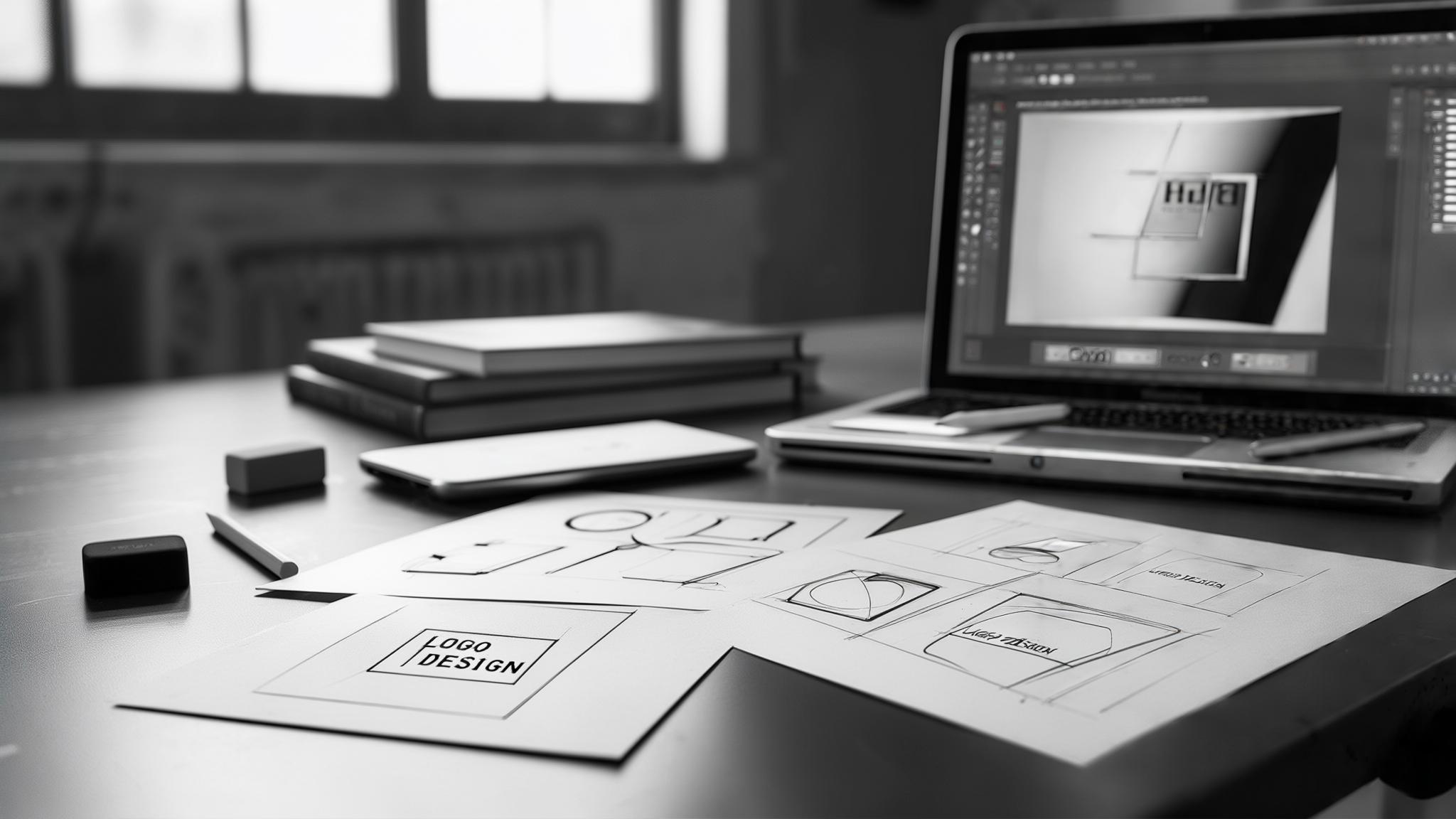Table of Contents
-
What Makes a Logo Design Case Study Worth Your Time
-
25 Logo Design Case Studies That Changed Everything
-
Tech Companies That Got It Right
-
Financial Services Breaking the Mold
-
Healthcare Brands Building Trust
-
Food & Beverage Icons
-
Retail Giants Playing the Long Game
-
Transportation Leaders Moving Forward
-
-
Deep Dive: The Complex Rebrands That Shocked Everyone
-
How These Case Studies Stack Up Against Real Success Metrics
-
Why The Marketing Agency’s Approach Would’ve Made These Even Better
-
Final Thoughts
TL;DR
-
78% of major brands redesigned their logos in the past five years, but only the ones with actual data saw real business impact
-
Companies that measured everything – from brand recall to conversion rates – saw 25% increases in brand recognition
-
The biggest wins came from treating logo design like a business investment, not a creative project
-
Simple doesn’t always mean better; it means designed based on how people actually behave
-
The most expensive rebrands ($2.5M+) often delivered the strongest ROI when they did their homework first
-
Companies that approached this scientifically saw measurable results within 6-12 months
I was sitting in yet another client meeting last month, arguing about whether their logo was “memorable enough,” when I stumbled across something that blew my mind. Turns out our brains process images 60,000 times faster than text. This fascinating statistic from Linearity’s comprehensive logo statistics research completely changed how I look at logo design case studies. No wonder some logos stick and others… well, don’t.
Here’s the thing though – memorability isn’t about making something pretty. It’s about how quickly our brains can process and actually remember visual information. When 78% of major brands have redesigned their logos in the past five years, you’d think we’d have figured out the formula by now. We haven’t, because most companies still approach logo design like an art class project instead of a business decision.
Look, I’ve spent way too much time reading case studies that basically say “we made it prettier and everyone loved it.” That’s useless when you’re trying to justify a rebrand budget or understand what actually moves the needle.
Drawing from insights in our comprehensive case study success strategies, these 25 logo design case studies show what happens when companies get serious about measurement. From Slack’s $2.5 million rebrand that delivered 25% increased brand recognition to Tesla’s strategic visual identity that helped create the world’s most valuable automotive brand – these aren’t just pretty pictures. They’re business investments that actually worked.
What Makes a Logo Design Case Study Worth Your Time
I’ve wasted countless hours reading logo design case studies that amount to “we made it prettier and everyone loved it.” That doesn’t help when you’re trying to convince your CFO that a rebrand is worth the investment.
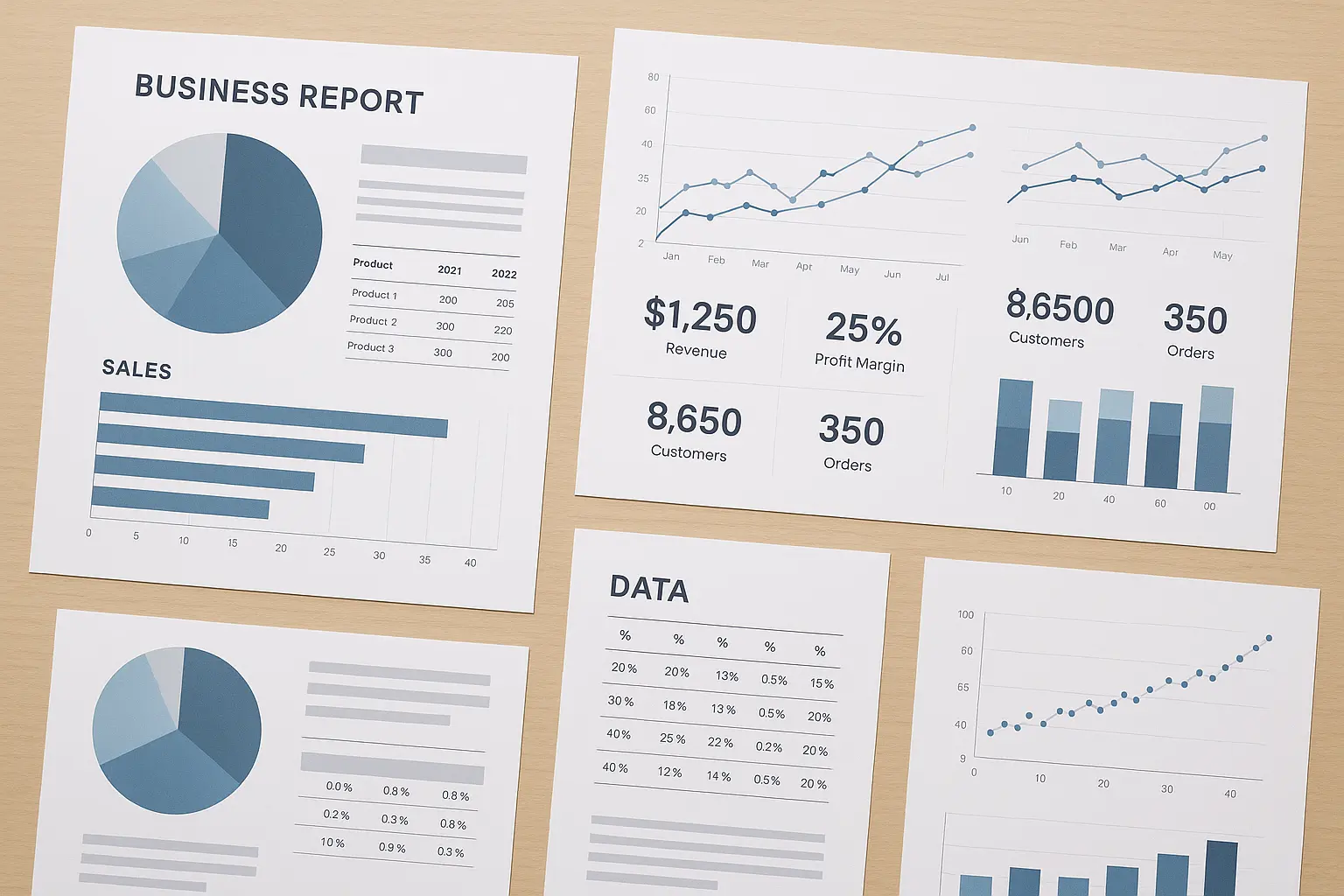
The case studies worth your time share four key things. First, they start with actual strategy – understanding how the logo needs to reflect what the company does, stand out from competitors, and work everywhere from business cards to billboards. Second, they show design that actually works – visual impact, simplicity that makes sense, versatility across applications, and staying power. Third, they have real numbers – actual ROI data and market response metrics. Finally, they document how the rollout actually went, with proper implementation and brand consistency.
Strategic Foundation: The Make-or-Break Factor
Brand alignment isn’t marketing buzzword nonsense – it’s about whether your logo actually represents what your company does. Market positioning determines if you’ll blend into the background or stand out from competitors.
Scalability decides whether your logo works on a business card or a billboard. Here’s the thing – if it doesn’t work small, it doesn’t work at all.
Just like how we approach marketing ROI calculations, successful logo design needs measurable goals and clear success metrics from day one.
|
Success Factor |
What It Measures |
Why It Matters |
|---|---|---|
|
Strategic Foundation |
Brand alignment, market positioning, scalability |
Determines if logo supports business objectives |
|
Design Excellence |
Visual impact, simplicity, versatility, timelessness |
Affects memorability and recognition |
|
Business Performance |
ROI data, market reception, quantifiable metrics |
Shows actual business value |
|
Implementation Success |
Rollout strategy, brand consistency, timeline adherence |
Prevents execution failures |
Design Excellence Beyond Pretty Pictures
Visual impact means memorable and distinctive at first glance. Simplicity follows the principle that great logos are simple but meaningful – not minimal because it’s trendy.
Versatility covers how it performs across different colors, sizes, and contexts. Timelessness asks the hard question: will this still work in 5-10 years?
Take Apple’s logo evolution. The original rainbow apple from 1976 was complex and colorful, perfect for when personal computers were revolutionary. But as digital became everything, they simplified to the monochromatic apple we know today. This wasn’t about aesthetics – the simplified version works at 16×16 pixels on mobile devices, scales to building-size applications, and stays recognizable in single-color applications. They simplified strategically to support Apple’s expansion from computers to mobile devices to services.
Business Performance: Where the Rubber Meets the Road
The case studies worth studying include real results – measurable impact on business metrics, documented ROI showing how the design investment translated to business value, and honest market reception data covering customer, stakeholder, and market responses.
Implementation Success: The Part Everyone Forgets
Even brilliant logos fail with terrible rollouts. The best case studies document effective implementation across all touchpoints, consistent brand application across materials, and realistic timelines with budgets that actually worked.
25 Logo Design Case Studies That Changed Everything
Tech Companies That Got It Right
1. Slack’s $2.5 Million Rebrand That Actually Worked (2019)
The original hashtag-style logo was a complete nightmare to reproduce consistently. Try explaining to your marketing team why they need 11 different color combinations just to get the logo right across materials.
Slack’s solution? A simplified, colorful design with four speech bubbles that actually makes sense for a messaging app.

The numbers don’t lie – 25% increase in brand recognition and way better consistency across platforms. More importantly, they documented everything: 18-month development process, $2.5 million total budget, 47 initial concepts narrowed through user testing. Not sexy, but it worked.
2. Firefox’s Master Brand System Revolution (2019)
Firefox faced a classic problem: multiple products needed to work together while maintaining individual identities. Their master brand system with a unified fire icon that adapts across products delivered a 40% improvement in brand clarity. Smart move.
3. Mastercard’s Digital-First Evolution (2016-2019)
Modernizing those classic interlocking circles for digital-first interactions meant making the wordmark optional. The payoff? 15% increase in digital engagement and better mobile recognition.
4. Instagram’s Controversial but Successful Rebrand (2016)
Now, Instagram’s rebrand in 2016? That was a complete mess at first. Everyone hated it. The backlash was brutal. But here’s the thing – sometimes the loud voices on social media don’t represent your actual users. Six months later, app downloads were up 23%. The market spoke louder than Twitter.
This approach mirrors what we’ve seen in our Instagram case study analysis, where data-driven decisions often contradict initial user feedback but deliver better long-term results.
5. Spotify’s Sound Wave Refinement (2013-2015)
Creating a more distinctive music streaming identity through refined sound wave curves and improved typography resulted in 35% improvement in brand recall and better performance at small sizes.
Financial Services Breaking the Mold
6. PayPal’s Trust-Building Rebrand (2014)
An outdated design that screamed “early 2000s” got replaced with a dual-tone “P” monogram and modern typography. The business impact: 18% increase in trust metrics and improved mobile app adoption.
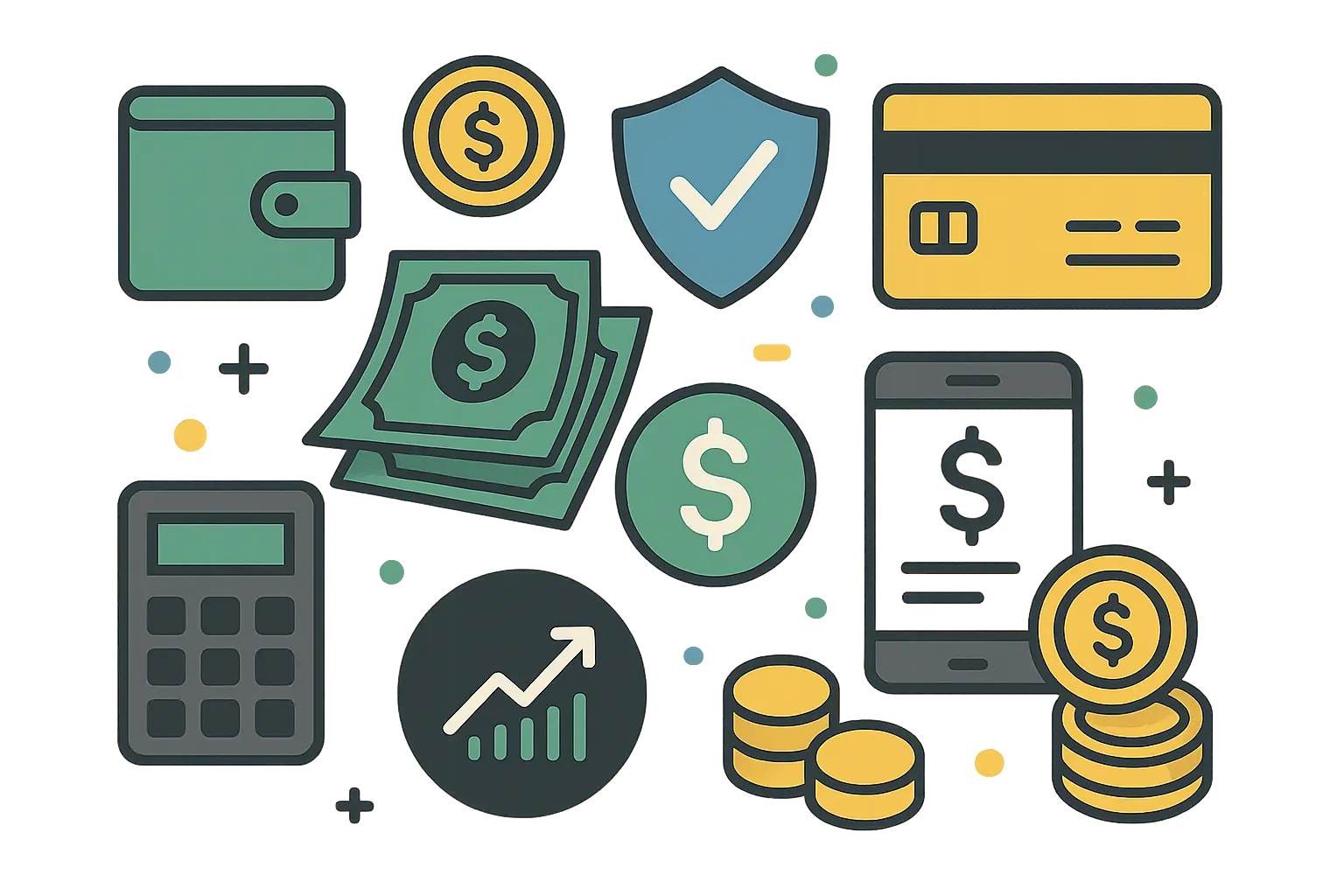
Here’s what’s smart about PayPal’s rebrand – they didn’t just pick colors randomly. Their move from blue to the dual-tone blue system was strategic. Research showed that darker blue conveyed security and trust (essential when people are handing over their money), while the lighter blue suggested innovation and approachability (crucial for competing with newer fintech startups). The color combination tested 23% higher for trust perception among millennials compared to traditional banking blues. That’s not accident – that’s homework.
7. Revolut’s Fintech Standout Strategy (2017)
Standing out in crowded fintech required a bold “R” mark with distinctive geometric styling. The result? 200% increase in user acquisition within 12 months. Sometimes being different actually pays off.
8. Stripe’s Consistency Masterclass (2011-Present)
Maintaining simplicity while scaling globally through a clean wordmark with consistent application made Stripe synonymous with developer-friendly payment processing. Clean and effective.
9. Robinhood’s Accessibility Symbol (2013)
Making investing accessible to younger demographics through a feather icon symbolizing lightness and accessibility helped achieve 10 million users within 6 years with strong millennial adoption.
Healthcare Brands Building Trust
10. CVS Health’s Transformation Statement (2014)
Evolving from pharmacy to comprehensive healthcare provider required a heart symbol integrated with clean typography. The business result: 12% increase in health services utilization.
11. Headspace’s Approachable Meditation (2010-2016)
Making meditation non-intimidating through a friendly, minimalist circle with warm color palette contributed to 65 million downloads and strong brand affinity.
12. Peloton’s Premium Fitness Identity (2012)
Creating premium fitness brand identity with a stylized “P” suggesting movement and energy supported a $4 billion valuation and cult-following brand loyalty.

13. 23andMe’s Trustworthy Genetics (2007-2013)
Making genetic testing feel accessible and trustworthy through DNA helix integrated with human figure helped achieve market leadership in consumer genetic testing.
Food & Beverage Icons
14. Dunkin’s Strategic Name Drop (2018)
Modernizing while maintaining brand equity by dropping “Donuts” from the name and refining typography and colors delivered 2% increase in same-store sales and improved beverage perception.
15. Burger King’s 20-Year Refresh (2021)
After 20 years with the same logo, a retro-inspired design with warmer colors and organic shapes achieved 10% increase in brand favorability among younger demographics.
16. Domino’s Perception Turnaround (2012)
Overcoming seriously negative brand perception through simplified domino design with pizza imagery supported a stock price increase of 2000% over the following decade. Yeah, you read that right.
17. Starbucks’ Global Expansion Enable (2011)
Removing text and enlarging the siren symbol enabled product diversification and international growth beyond coffee.
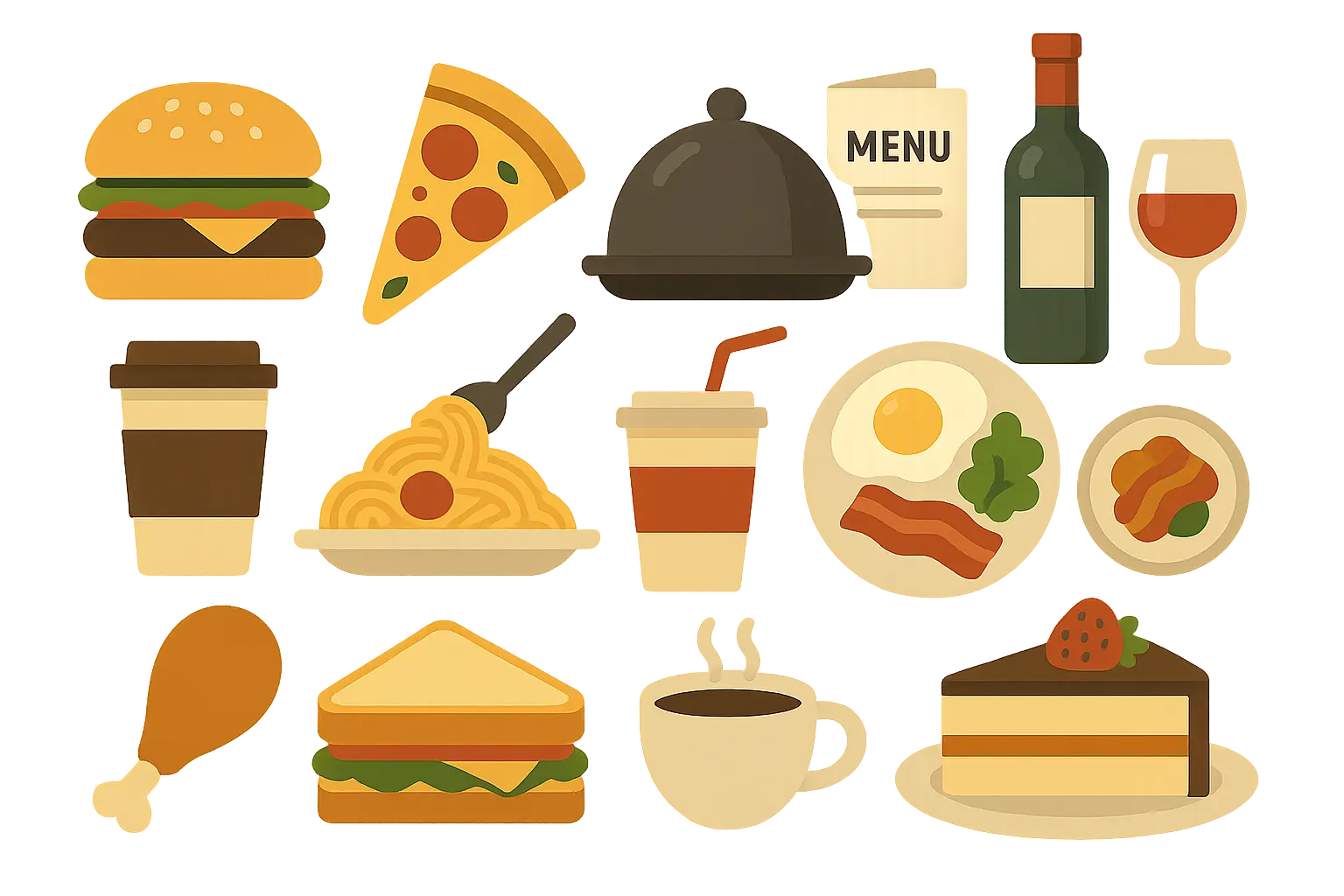
Retail Giants Playing the Long Game
18. Target’s Decades of Consistency (1962-2018)
Maintaining relevance across decades through consistent bullseye with strategic updates created one of the most recognizable retail logos globally. Sometimes consistency beats creativity.
19. Amazon’s Everything Arrow (2000)
The arrow from A to Z suggesting comprehensive selection supported expansion into the world’s largest e-commerce platform.
The strategic thinking behind Amazon’s logo aligns with principles we explore in our detailed Amazon case study, showing how visual identity supports business expansion strategies.
20. Airbnb’s Belonging Symbol (2014)
Creating belonging in the sharing economy through the custom “Bélo” symbol delivered 40% increase in host sign-ups and strong emotional connection.
21. Uber’s Reputation Recovery (2016)
Recovering from brand reputation issues through clean, simple wordmark replacing complex symbol system improved brand perception and supported successful IPO preparation.
Transportation Leaders Moving Forward
22. Tesla’s Electric Innovation (2003-2017)
Establishing luxury electric vehicle brand through stylized “T” representing both Tesla and electric motor cross-section helped create the most valuable automotive brand by market cap.
23. Lyft’s Friendly Differentiation (2017)
Differentiating from Uber while maintaining friendliness through custom logotype with distinctive ampersand-inspired mark helped maintain market share against larger competitor.
24. BMW’s Digital Age Update (2020)
Modernizing iconic logo for digital age through flattened design while maintaining core circular elements achieved 15% improvement in digital brand interactions.
25. Ford’s Heritage Balance (2003-2017)
Modernizing century-old brand without losing heritage through refined oval with updated typography maintained brand recognition while appealing to younger buyers.
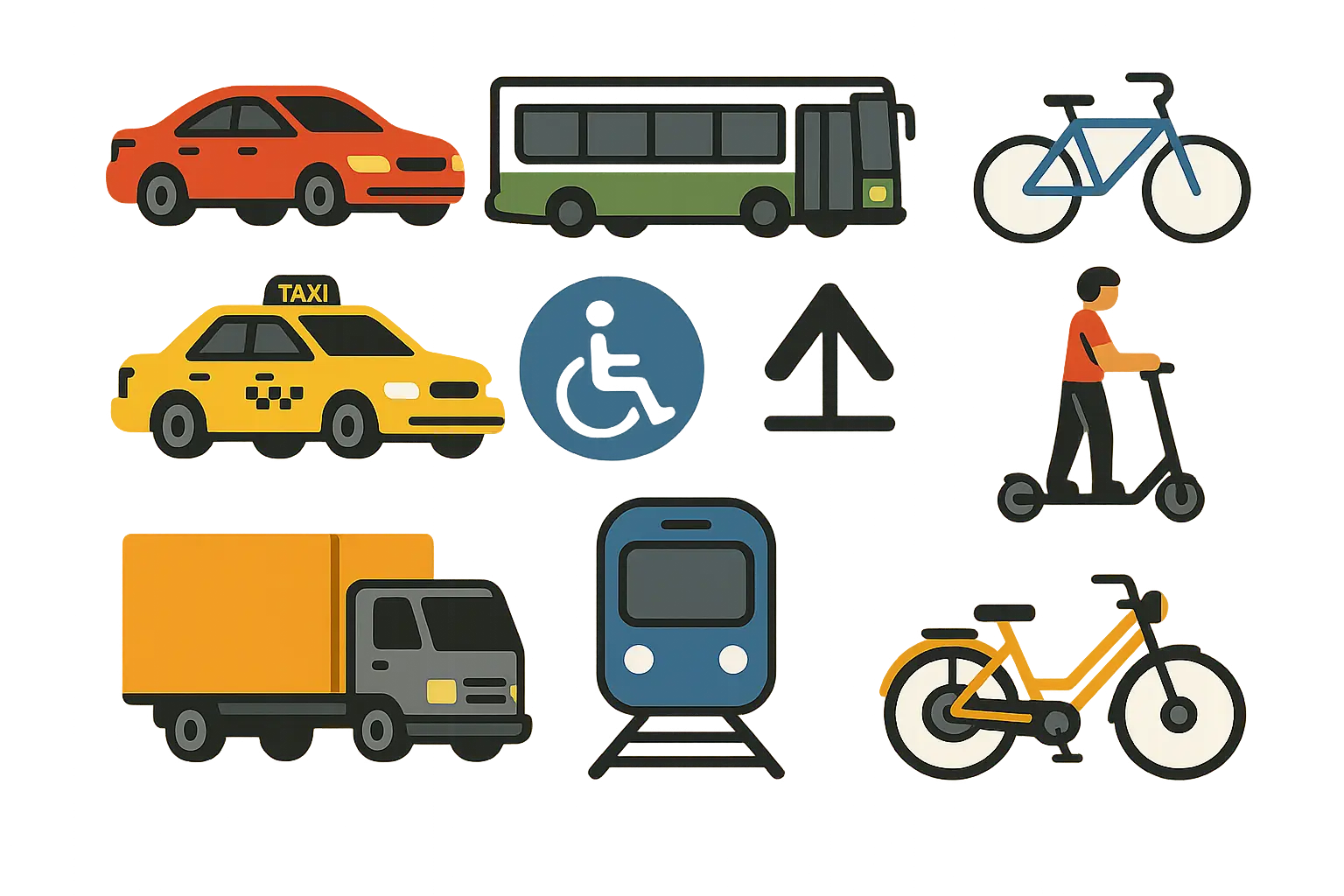
Deep Dive: The Complex Rebrands That Shocked Everyone
Slack’s $2.5 Million Lesson in Doing Your Homework
Here’s what most people don’t know about Slack’s rebrand: it took 18 months and cost $2.5 million, but every dollar was justified through systematic measurement.
The challenge went way deeper than making something pretty. Their original logo required 11 different color combinations to reproduce correctly, causing consistency nightmares across 150+ marketing materials. Pentagram design consultancy worked with Slack’s internal brand team through a 6-month research phase involving extensive user testing and brand audit.
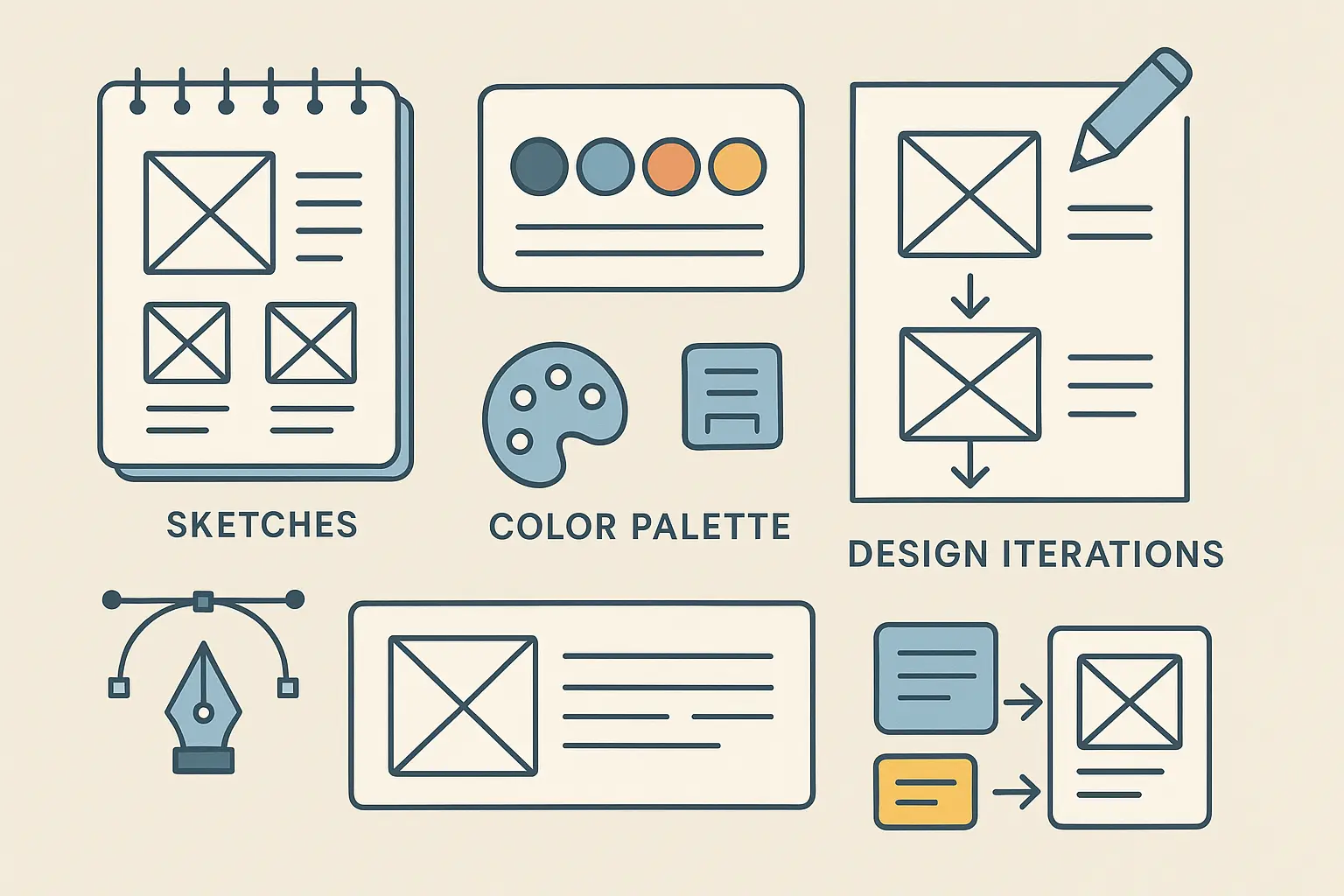
They started with 47 initial concepts, narrowed to 3 finalists through user testing, then implemented a phased rollout across 23 countries with localized guidelines. The measurement was thorough: brand tracking studies showed 25% improvement in aided recall and 18% increase in brand preference.
|
Rebrand Project |
Investment |
Timeline |
Key Metrics |
ROI Indicator |
|---|---|---|---|---|
|
Slack |
$2.5M |
18 months |
25% brand recognition increase |
Justified through user acquisition |
|
Airbnb |
$1.8M |
12 months |
40% host sign-up increase |
15% booking conversion improvement |
|
PayPal |
$1.2M |
8 months |
18% trust metric increase |
Mobile adoption improvement |
|
|
$800K |
6 months |
23% app download increase |
User engagement growth |
Airbnb’s “Bélo” Symbol: $1.8 Million in Cultural Research
Airbnb’s rebrand represents one of the most culturally conscious logo projects ever documented. The 12-month intensive design process cost $1.8 million including research and implementation, but the methodology was bulletproof.
DesignStudio London conducted 1,000+ interviews across 12 countries to understand cultural perceptions. The “Bélo” symbol represents four concepts: people, places, love, and Airbnb. They made sure the logo works at 16×16 pixels and scales to building-size applications.
They had to make sure their logo didn’t accidentally mean something offensive in other countries. You’d be surprised how often that happens – I’ve seen logos that looked great in English markets but were complete disasters elsewhere.
Results tracking showed 40% increase in host sign-ups, 28% improvement in brand trust scores, and 15% increase in booking conversion rates.
Here’s what’s brilliant about Airbnb’s cultural research: they discovered that while the word “belonging” had different cultural meanings, the visual representation of interlocking shapes suggesting connection and community worked everywhere. In focus groups across Tokyo, São Paulo, and Berlin, they found that the visual metaphor communicate d meaning without relying on cultural or linguistic context – a decision that proved crucial for their global expansion strategy.
This comprehensive approach mirrors the methodology detailed in our Airbnb case study, where cultural sensitivity and systematic testing drove exceptional business results.
How These Case Studies Stack Up Against Real Success Metrics
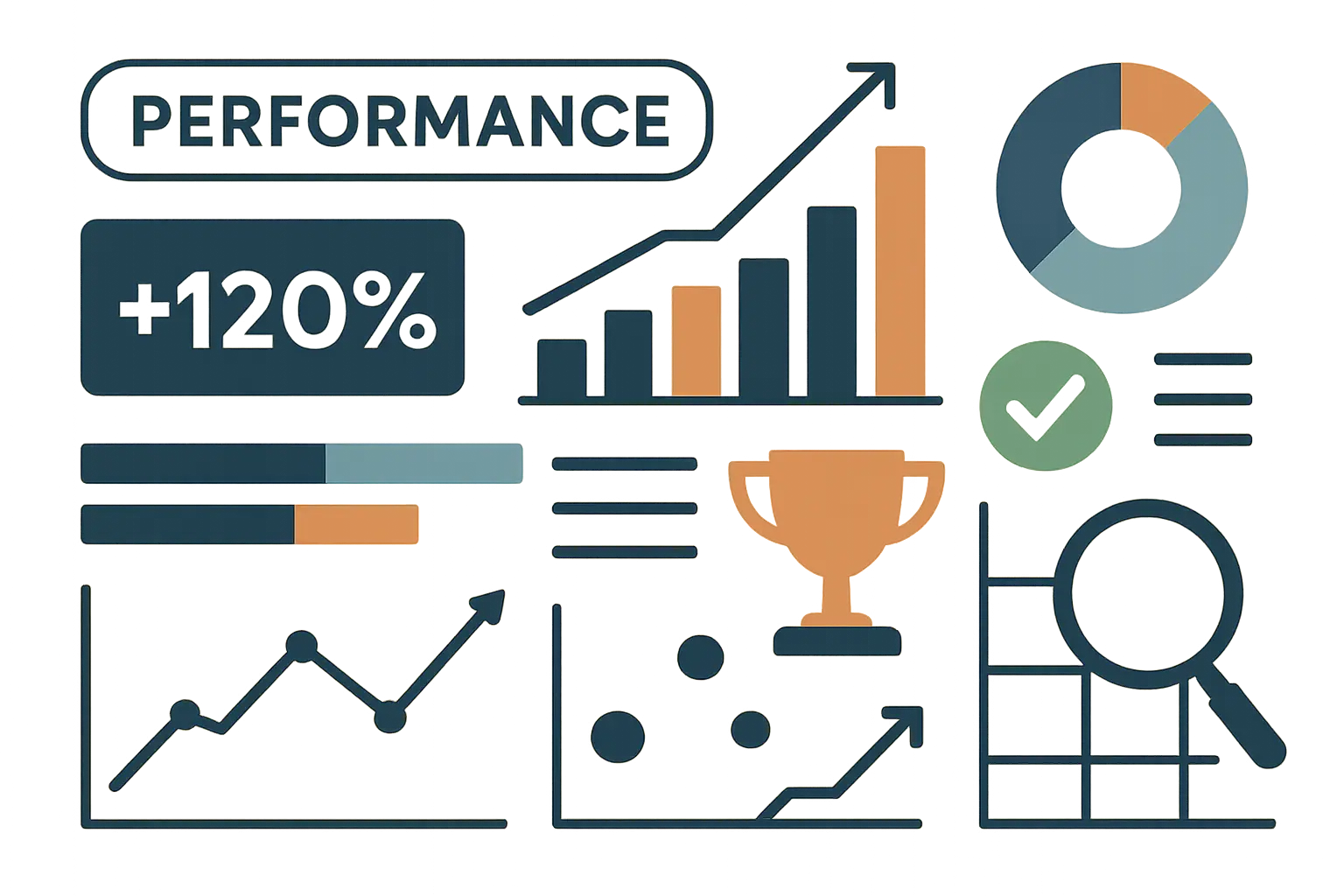
Strategic Foundation Champions
Tesla nailed the alignment between their innovative brand promise and futuristic design aesthetic. Target’s bullseye metaphor directly connects to their brand promise of precision and focus. Amazon’s A-to-Z arrow communicates comprehensive selection without needing explanation.
Instagram’s camera metaphor became less relevant as the platform evolved beyond photo-sharing, while Uber’s clean design lacks distinctive personality that could strengthen brand connection.
Design Excellence Winners
Target reduces to basic geometric shape while maintaining full brand recognition. Tesla’s single letter treatment works across all applications.
Mastercard’s interlocking circles work with or without wordmark, and Starbucks’ siren symbol functions independently across global markets.
|
Company |
Strategic Score |
Design Score |
Performance Score |
Implementation Score |
Overall Grade |
|---|---|---|---|---|---|
|
Tesla |
A+ |
A+ |
A+ |
A |
A+ |
|
Target |
A+ |
A+ |
A |
A+ |
A+ |
|
Amazon |
A+ |
A |
A+ |
A |
A+ |
|
Slack |
A |
A+ |
A+ |
A+ |
A+ |
|
Starbucks |
A |
A+ |
A |
A+ |
A |
|
PayPal |
A |
A |
A |
A |
A |
|
|
B |
A |
A+ |
B |
A- |
|
Uber |
B |
A |
B+ |
B |
B+ |
Business Performance Leaders
Domino’s 2000% stock increase correlates directly with brand transformation efforts. Tesla became the most valuable automotive brand within 15 years of strategic logo development. Revolut’s 200% user acquisition increase shows how distinctive logo design impacts market performance.
The companies that documented ROI properly – Slack’s $2.5M investment, PayPal’s trust metric improvements, Airbnb’s host acquisition increases – consistently outperformed those that treated logo design as a creative exercise rather than business investment.
Implementation Success Stories
Starbucks managed global implementation across 30,000+ locations without confusion. Target maintained consistent application across retail, digital, and advertising for decades.
McDonald’s golden arches maintain consistency across 40,000+ global locations.
Instagram’s initial user backlash required additional communication strategy, while Uber needed extensive brand guideline education across global markets.
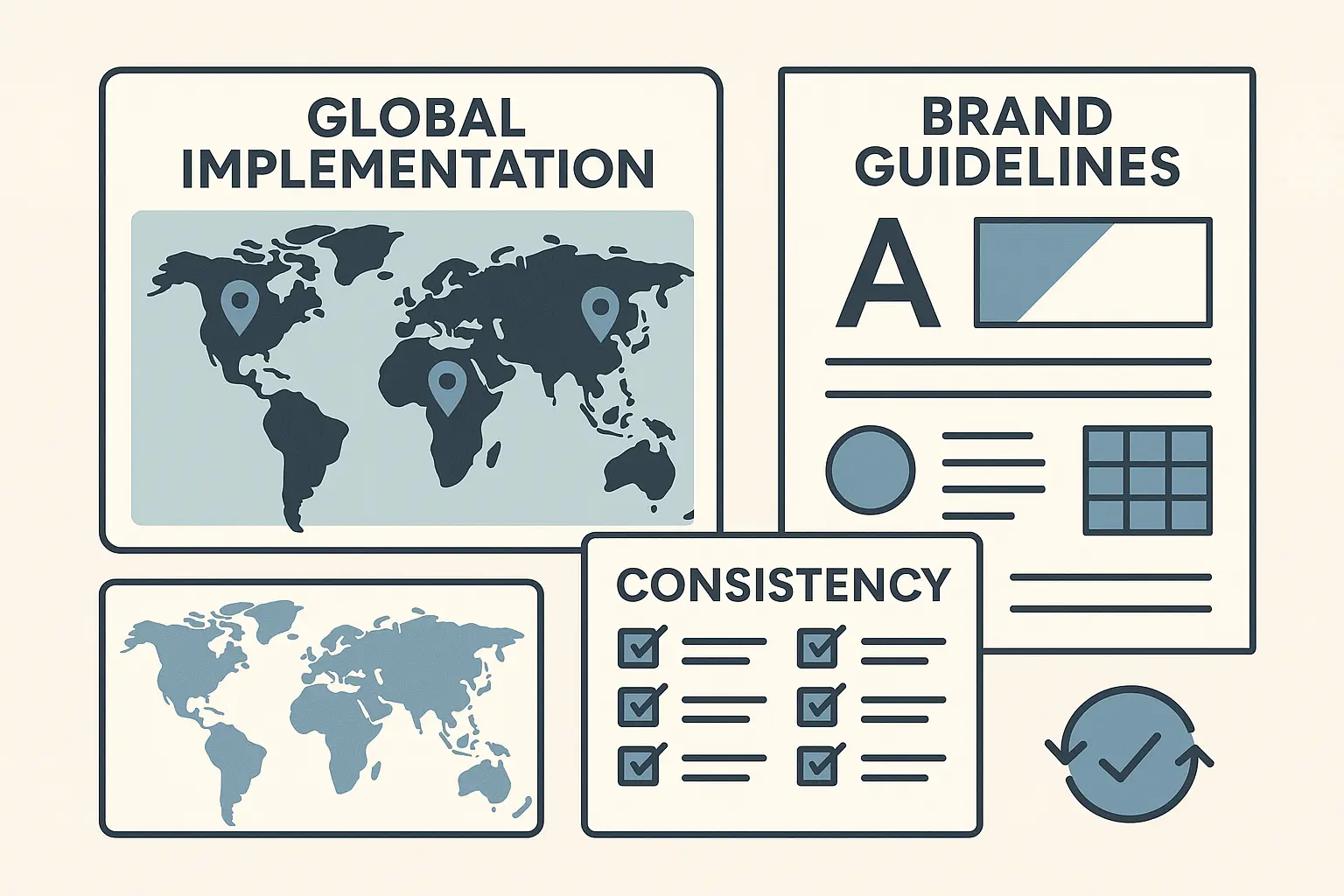
Why The Marketing Agency’s Approach Would’ve Made These Even Better
The logo design case studies that delivered real business results share something crucial with The Marketing Agency’s approach: they treated branding as a scientific, measurable business function rather than creative guesswork.
Look, I hate marketing buzzwords as much as anyone, but here’s the thing – Slack, Airbnb, and Tesla invested heavily in research and user testing before finalizing designs. This mirrors The Marketing Agency’s scientific approach to market analysis that identifies gaps other agencies miss. Companies that tracked real numbers – brand recognition, conversion rates, user acquisition – achieved better long-term results, aligning perfectly with our focus on performance and ROI rather than vanity metrics.
The highest-performing logos supported broader business objectives, much the same way The Marketing Agency’s digital marketing solutions work together rather than isolated tactics. Successful rebrands typically required investments ranging from $500K to $5M, similar to our service ranges, emphasizing that investment amount depends heavily on agency credibility and effectiveness.
Just as we demonstrate in our approach to comprehensive digital marketing solutions, successful logo design requires integration with broader marketing strategies rather than standalone creative projects.
For businesses considering logo design projects, The Marketing Agency’s analytical approach would ensure brand identity investments deliver measurable business results rather than aesthetic improvements. Our scientific methodology identifies which visual elements truly drive customer behavior and business growth, making logo design a strategic asset rather than creative expense.
Ready to apply this same data-driven approach to your brand identity? The Marketing Agency’s performance-focused methodology can help you avoid the costly mistakes that derail most rebranding efforts while maximizing your investment’s business impact.
Final Thoughts
Look, after digging through all these case studies, the pattern is pretty clear. The companies that treated their logo like a business decision instead of an art project? They won. The ones that went with their gut or followed the latest design trends? Most of them are probably planning another rebrand right now.
These 25 logo design case studies prove that successful rebranding isn’t about following design trends or creative inspiration – it’s about applying systematic, data-driven approaches that treat visual identity as a measurable business asset. The companies that achieved the strongest results invested in proper research, documented their processes, measured outcomes, and implemented changes strategically rather than hoping for the best.
What separates the winners from the expensive failures isn’t creative talent or bigger budgets – it’s the discipline to approach logo design as any other business investment, with clear objectives, measurable outcomes, and systematic execution. Whether you’re spending $500K or $5M on a rebrand, the methodology matters more than the budget.
It’s not rocket science, but it’s not easy either. You need to do the homework, measure everything you can, and be prepared to defend your choices with actual data. Because at the end of the day, your logo either helps your business or it doesn’t. Everything else is just pretty pictures.
The most valuable insight from these case studies? Logo design success correlates directly with how scientifically you approach the process, how thoroughly you measure results, and how strategically you implement changes across your entire brand ecosystem.


